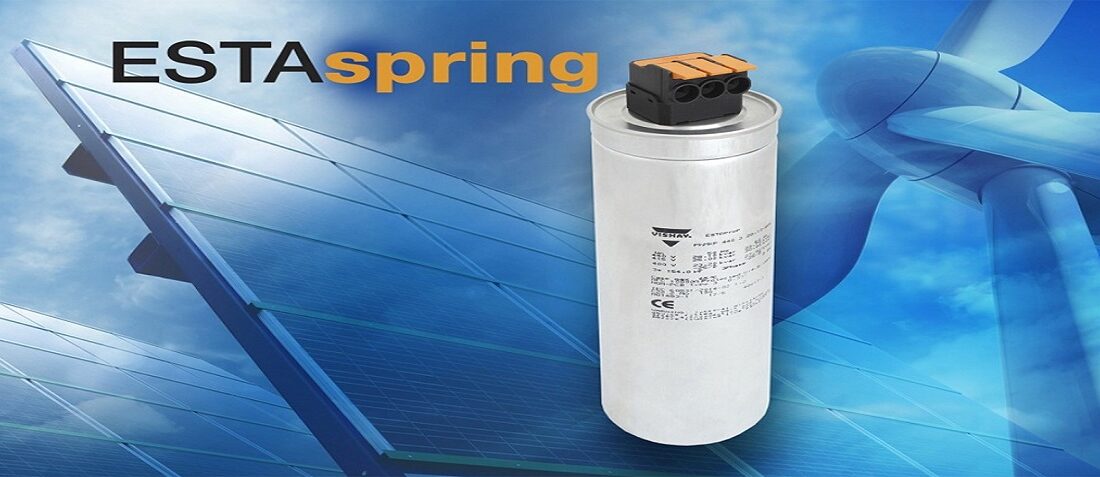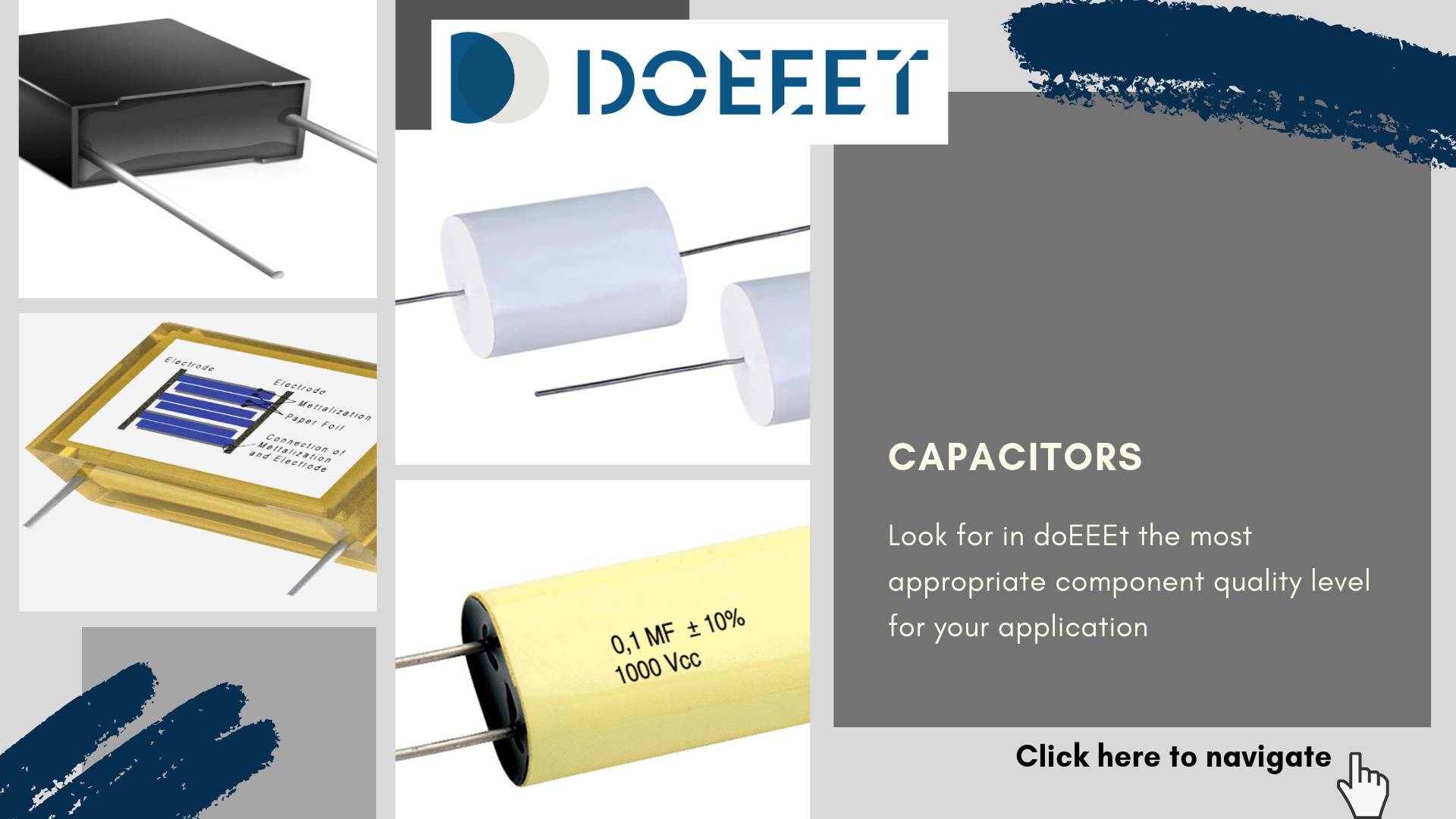
Vishay Power Capacitors
- Posted by doEEEt Media Group
- On April 28, 2020
- 0
Devices Reduce Assembly Time and Improve Connection Reliability for Vibration-Proof Performance in Alternative Energy Applications
Vishay Intertechnology, Inc. (NYSE: VSH) today introduced a new series of LVAC power capacitors featuring ESTAspring, the industry’s first lever-operated spring terminal connection. Reducing assembly time by 60 %, the Vishay ESTA PhMKP series increases connection reliability in high vibration applications.
While most tubular power capacitors feature an IP20 terminal block with a screw connection, the ESTAspring connection of the PhMKP series is completely screwless. This not only enables a faster and easier connection, but the continuous contact force ensures the highest level of contact reliability over the devices’ entire lifetime, making them ideal for applications prone to loose connections.
Without the need to tighten screws, the metallized polypropylene film capacitors provide a completely maintenance-free connection for LV power correction and harmonic filters in wind power plants, solar panels and inverters, and thermal power stations. ESTAspring allows for a simple optical connection check in these applications; if the lever is closed, the device is successfully contacted.
The PhMKP series offers voltages from 230 V to 1000 V, output from 2 kvar to 37.1 kvar, and maximum terminal current of 90 A. Featuring a stainless-steel spring, the capacitors are corrosion-proof and available in oil-filled and dry gas-filled versions. The devices are RoHS-compliant, halogen-free, UL- and cUL-approved, and Vishay Green.
Samples of the PhMKP series are available now. Production quantities are available with lead times of 10 weeks.
Source: Vishay news
- Space-Grade components available for immediate delivery - April 10, 2025
- Exclusive stock on doEEEt: How to access and request - April 10, 2025
- Managing EEE components for LEO and lower cost space missions - December 17, 2024


0 comments on Vishay Power Capacitors